Submerged arc welding is a versatile and efficient welding process that has been widely used in various industries for decades. This welding technique involves creating a high-quality weld by melting the workpiece and the filler metal under a blanket of granular flux. The flux shields the welding arc, the molten weld pool, and the solidifying weld metal from the surrounding atmosphere. Submerged arc welding offers numerous benefits, such as high deposition rates, deep weld penetration, and excellent weld quality, making it a popular choice for heavyweight and high-production welding applications. One of the key components of the submerged arc welding process is the submerged arc welder. A submerged arc welder consists of several components that work together to create high-quality welds efficiently and effectively. Understanding the components and operation of a submerged arc welder can help users make informed decisions regarding its selection and use.
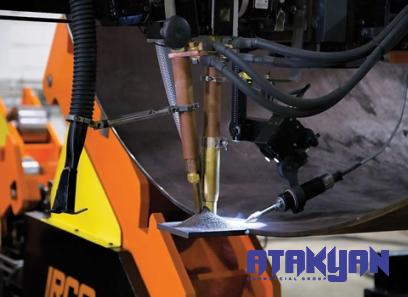
.
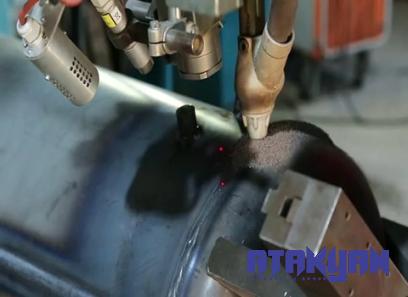 One of the key advantages of submerged arc welding is its ability to produce welds with excellent mechanical properties, such as high tensile strength and impact resistance. This makes submerged arc welding suitable for critical applications where weld integrity and performance are of utmost importance. Another benefit of submerged arc welding is its versatility in welding a wide range of materials, including carbon steels, low-alloy steels, stainless steels, and nickel alloys. Whether you are working with materials that require high heat input for proper fusion or materials that are prone to cracking and distortion, submerged arc welding can provide the control and consistency needed to produce high-quality welds.
One of the key advantages of submerged arc welding is its ability to produce welds with excellent mechanical properties, such as high tensile strength and impact resistance. This makes submerged arc welding suitable for critical applications where weld integrity and performance are of utmost importance. Another benefit of submerged arc welding is its versatility in welding a wide range of materials, including carbon steels, low-alloy steels, stainless steels, and nickel alloys. Whether you are working with materials that require high heat input for proper fusion or materials that are prone to cracking and distortion, submerged arc welding can provide the control and consistency needed to produce high-quality welds.
..
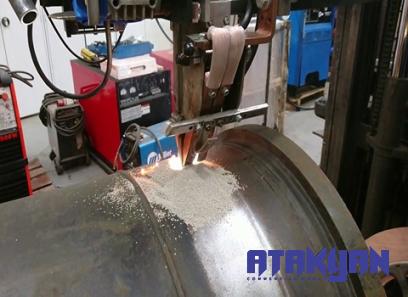 When investing in a submerged arc welder, it is essential to choose a reputable manufacturer known for producing high-quality and reliable welding equipment. Look for welders that offer advanced features such as digital controls, welding process monitoring, and compatibility with various wire sizes and flux types. Consider factors such as power output, duty cycle, wire feeding speed, and welding head options when selecting a submerged arc welder that best suits your welding applications. Before operating a submerged arc welder, ensure that you receive proper training on its setup, operation, and maintenance. Familiarize yourself with the specific welding parameters required for your welding application, such as voltage, amperage, wire feed speed, and flux type. Regularly inspect and clean the welding equipment to ensure optimal performance and prevent malfunctions that could compromise weld quality.
When investing in a submerged arc welder, it is essential to choose a reputable manufacturer known for producing high-quality and reliable welding equipment. Look for welders that offer advanced features such as digital controls, welding process monitoring, and compatibility with various wire sizes and flux types. Consider factors such as power output, duty cycle, wire feeding speed, and welding head options when selecting a submerged arc welder that best suits your welding applications. Before operating a submerged arc welder, ensure that you receive proper training on its setup, operation, and maintenance. Familiarize yourself with the specific welding parameters required for your welding application, such as voltage, amperage, wire feed speed, and flux type. Regularly inspect and clean the welding equipment to ensure optimal performance and prevent malfunctions that could compromise weld quality.
…
 In conclusion, submerged arc welding and the submerged arc welder play a crucial role in many industries where high-quality, efficient, and cost-effective welding is essential. By understanding the components and operation of a submerged arc welder and following proper welding practices, you can leverage the benefits of submerged arc welding to produce strong, reliable welds that meet your application requirements. Investing in a high-quality submerged arc welder and mastering the submerged arc welding process can empower you to take on a wide range of welding projects with confidence and precision. Whether you are welding heavy steel plates, fabricating large structural components, or joining thick-walled pipes, a submerged arc welder can be a valuable tool in your workshop, enabling you to achieve exceptional weld quality and productivity.
In conclusion, submerged arc welding and the submerged arc welder play a crucial role in many industries where high-quality, efficient, and cost-effective welding is essential. By understanding the components and operation of a submerged arc welder and following proper welding practices, you can leverage the benefits of submerged arc welding to produce strong, reliable welds that meet your application requirements. Investing in a high-quality submerged arc welder and mastering the submerged arc welding process can empower you to take on a wide range of welding projects with confidence and precision. Whether you are welding heavy steel plates, fabricating large structural components, or joining thick-walled pipes, a submerged arc welder can be a valuable tool in your workshop, enabling you to achieve exceptional weld quality and productivity.
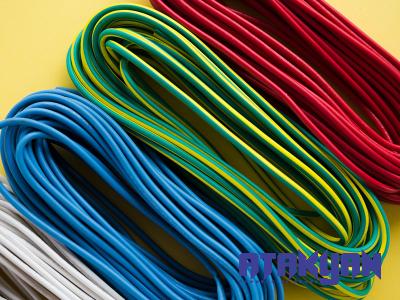


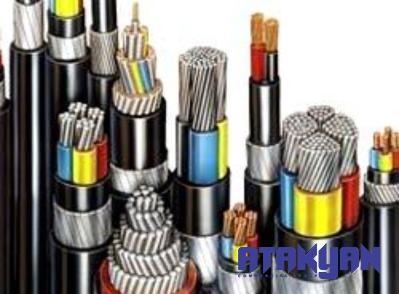
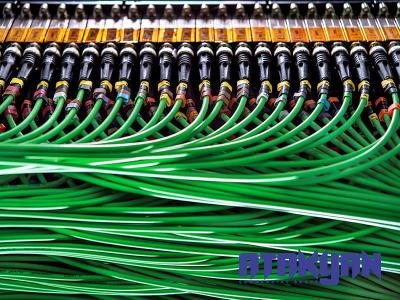

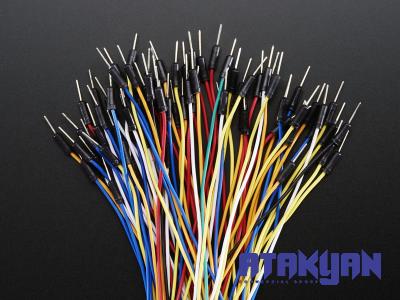

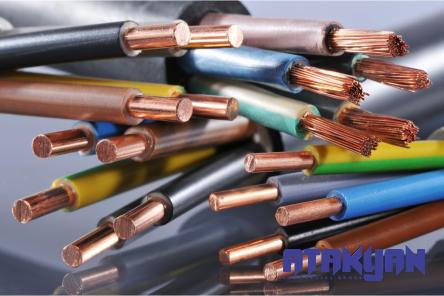
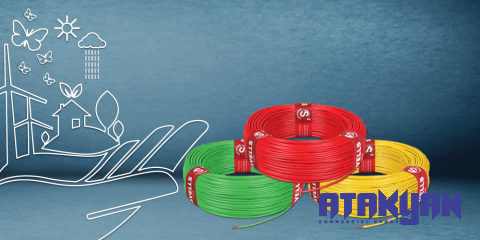
Your comment submitted.